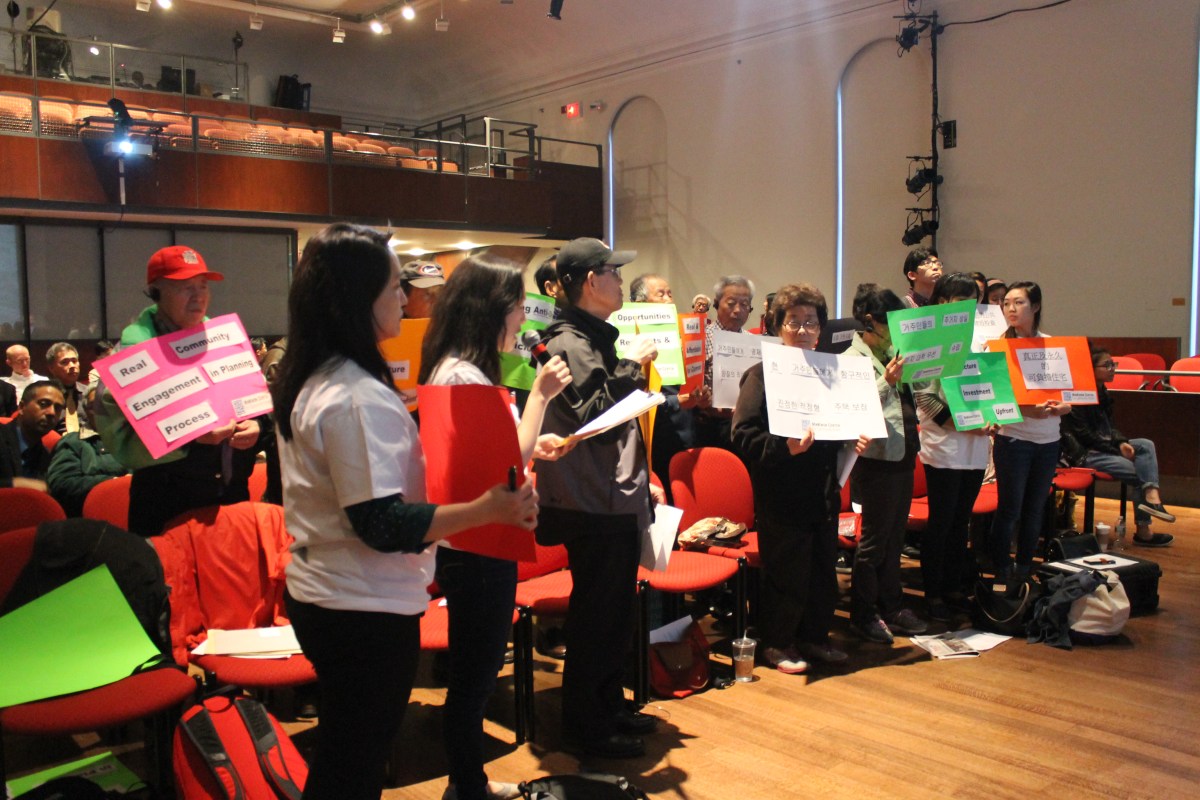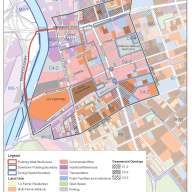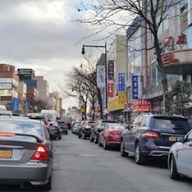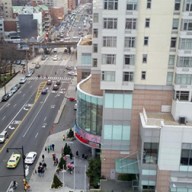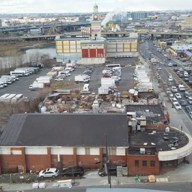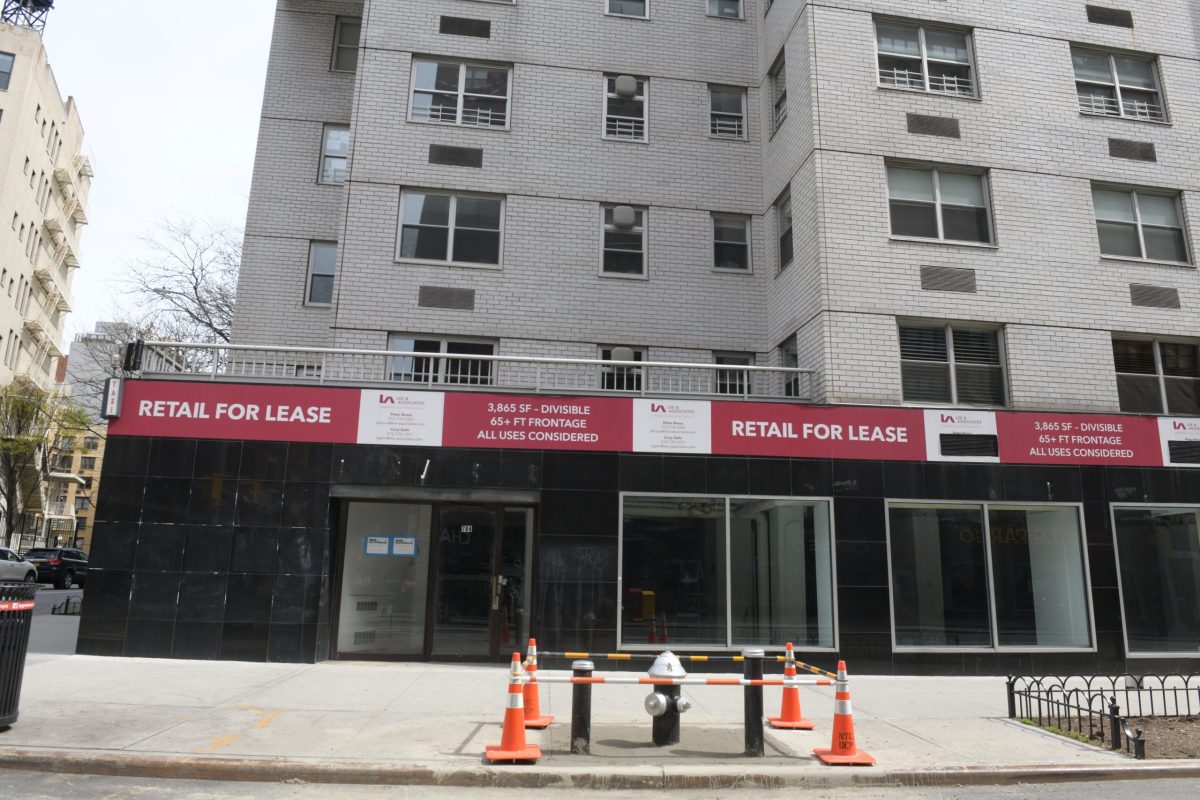The NYC Department of City Planning publicly revealed Thursday night details of a Flushing West planning study which will result in large-scale re-zoning in line with Mayor Bill de Blasio’s 10-year plan to increase affordable housing.
The study area is a 10-block zone bounded by Northern Boulevard to the north, Roosevelt Avenue to the south, Prince Street to the east and the Van Wyck Expressway and Flushing Creek to the west. Underutilized commercial and industrial land uses will be re-examined for changes which aim to allow for new residential, commercial and community facility uses alongside the eventual redevelopment of the area.
This will be accomplished by increasing allowable residential density, providing a public space amenity plan, and rethinking the height and massing of new buildings, as well as several other aspects of study.
“I hope that you can see how comprehensively we’re trying to think about Flushing, and yet how innovative this process is for this community,” said John Young, director of the City Planning Department in Queens.
Officials, community organizations, and residents were outspoken about their concerns for plans intended to bring major change into their area. Councilman Peter Koo remarked that the rapid growth of Flushing puts a strain on its existing community and infrastructure, and said more has to be done to preserve affordable housing, support small businesses and improve stormwater systems before increased development results in a possible population influx.
Among residents, the creation and preservation of affordable housing was cited as the biggest priority. According to a report circulated by the office of the mayor, between 2005 and 2012, rents rose by 11 percent while renters’ incomes stagnated, and to combat this trend the inclusion of affordable housing units is a condition of any new development.
While opportunity for affordable housing creation in Flushing is limited under the current zoning, any new re-zoning under the Flushing West study will fall in line with the new affordable housing requirement. Planners undertaking the Flushing West study are also being guided by other city agencies on how to adapt the affordable housing requirements to the area in a way that is financially feasible.
Grace Shim, executive director of the MinKwon Center for Community Action, was fearful of the possibility of residents being displaced in programs which do not address the needs of the population with the lowest income.
“We don’t want them to be priced out of here,” said Shim, who added that the most vulnerable sector consists of senior citizens and recent immigrant with limited English proficiency. “We don’t want them to be pushed out.”
In addition to preserving affordable housing, expanding waterfront access to Flushing Creek is also targeted as a specific objective of the study. Planners will work to find ways to provide pedestrian access to the waterfront by creating a street network leading to the area, which is now difficult to access due to narrow sidewalks and closed-off street networks.
Open walkways and green areas are eyed for the waterfront’s future, as well as affordable housing developments to utilize some of the open space.
The community input process of the Flushing West planning study is ongoing, and previous public presentations as well as additional information can be found online at nyc.gov/flushing-west.
RECOMMENDED STORIES

